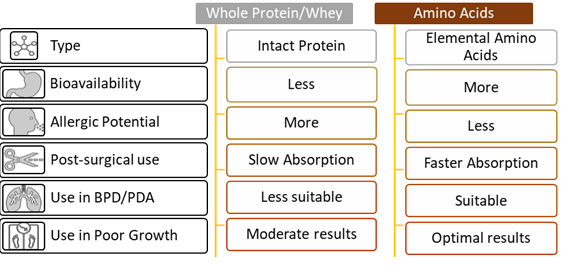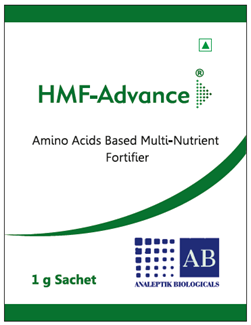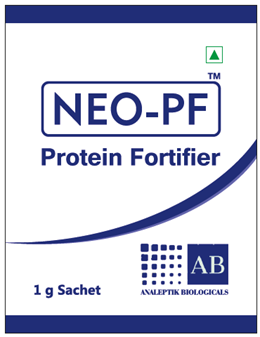Intact Proteins Vs. Amino Acids
Intact proteins and amino acids are both sources of dietary protein that are broken down and absorbed by the gut, but they differ in the way they are processed and absorbed.
Intact proteins are large molecules made up of long chains of amino acids that are tightly folded and linked together by chemical bonds. During digestion, intact
proteins are broken down into smaller peptides and amino acids by enzymes in the stomach and small intestine. However, not all of the intact protein is broken down,
and some larger peptides may still be present.
The absorption of intact proteins is limited by the size of the peptides and the efficiency of the digestive system. Large peptides may not be fully digested and
absorbed, and they may cause inflammation or allergic reactions in some individuals. In general, intact proteins are absorbed more slowly than amino acids, and their
absorption may be affected by factors such as the presence of other nutrients or medications.
On the other hand, amino acids are the building blocks of proteins and are the smallest units of protein that can be absorbed by the gut. They are produced during the
digestion of intact proteins and are also found in dietary supplements. Amino acids are rapidly absorbed by the gut, as they require less processing and can be
transported directly into the bloodstream. Once in the bloodstream, amino acids are available for use by the body to build new proteins, repair tissues, and perform
other functions.
In summary, while both intact proteins and amino acids can provide dietary protein, amino acids are absorbed more efficiently and quickly than intact proteins. This can
be an advantage in situations where rapid protein absorption is needed, such as conditions where absorption is affected – digestive system disorders or fragile gut.





